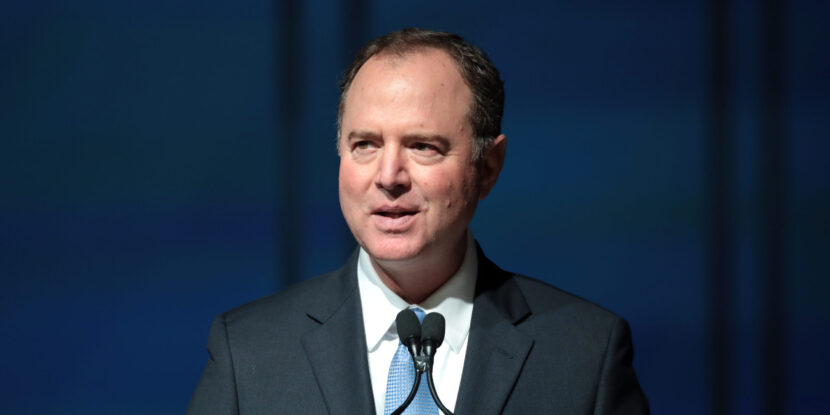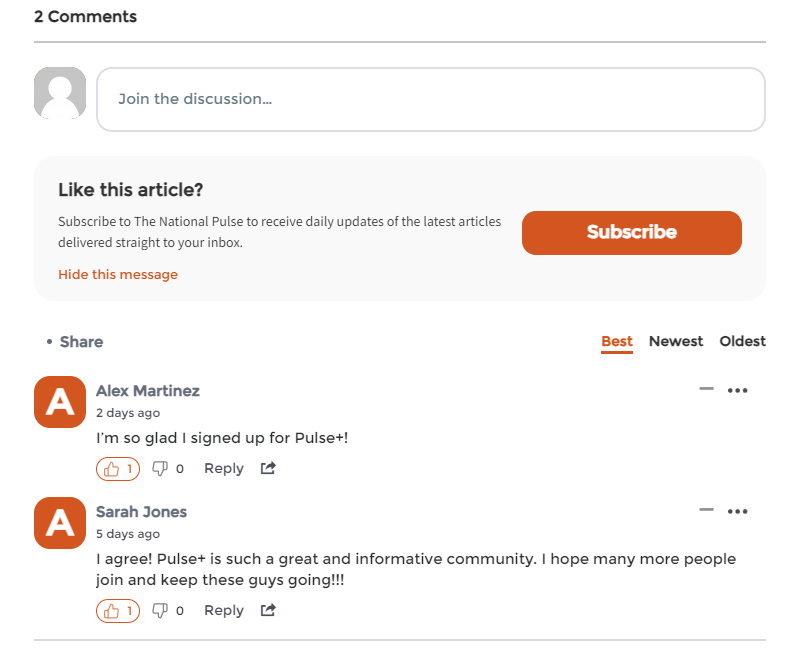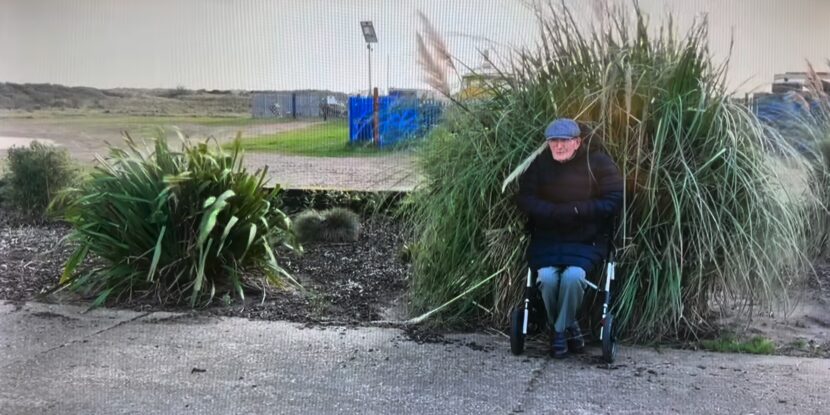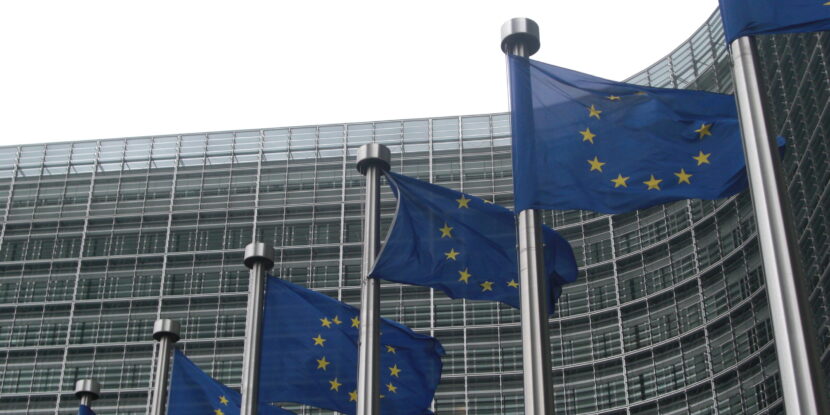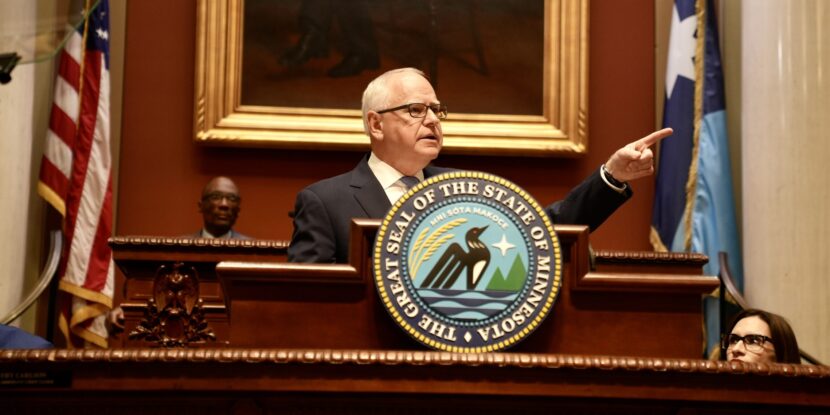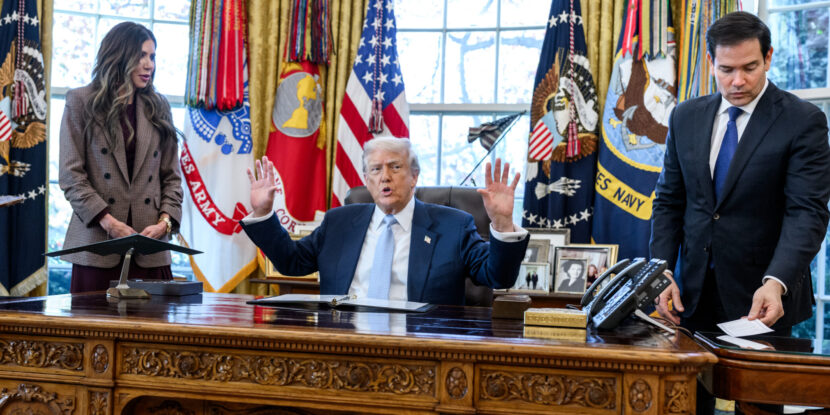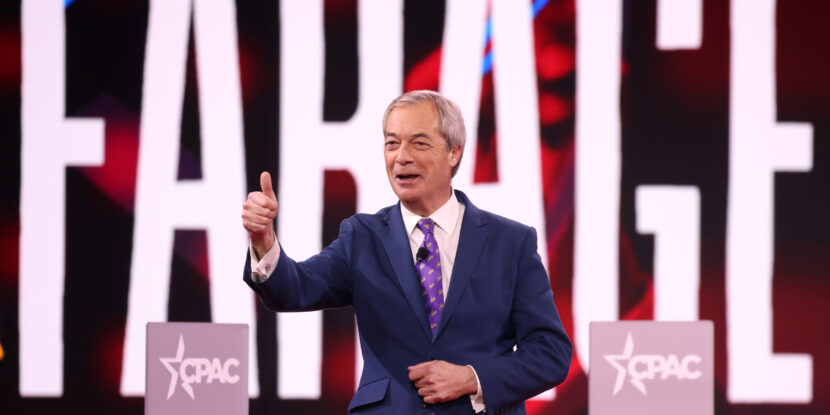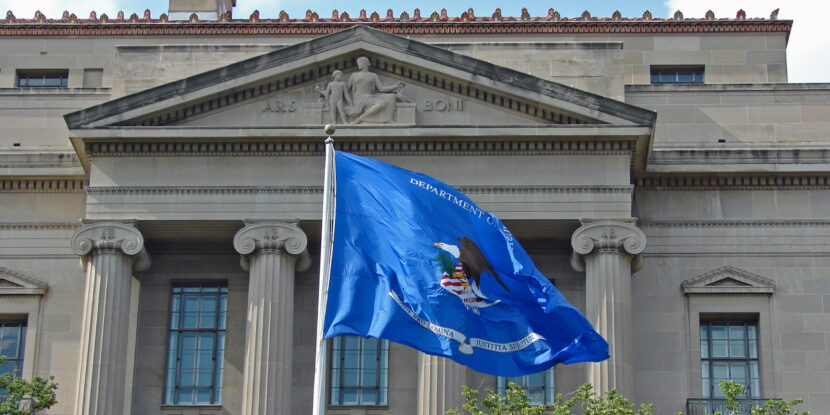❓WHAT HAPPENED: Declassified documents reveal connections between former Federal Bureau of Investigation (FBI) Director James Comey, Senator Adam Schiff (D-CA), and leaks of classified information aimed at smearing President Donald J. Trump as colluding with Russia.
👤WHO WAS INVOLVED: James Comey, Sen. Schiff, reporters Ellen Nakashima and Michael Schmidt, and several Schiff staffers, including Rheanne Wirkkala and Timothy Bergreen.
📍WHEN & WHERE: Events occurred primarily in 2017, with leaks tied to Washington D.C. media and government offices.
💬KEY QUOTE: “Leaking the information was one way to topple the administration.” — FBI source on Schiff’s alleged actions said in 2017.
🎯IMPACT: The leaks contributed to the Russiagate narrative, undermined Trump, and led to Pulitzer-winning stories later debunked as false.
Newly declassified Federal Bureau of Investigation (FBI) documents suggest that senior congressional staffers working for Senator Adam Schiff (D-CA), then a member of the House of Representatives, coordinated with intelligence officials and journalists to leak classified or sensitive information during the early months of the first Trump administration—actions some FBI sources believe were aimed at undermining the presidency.
The documents include FBI interview summaries (“302s”) with a whistleblower who served on the House Intelligence Committee for over a decade. According to the whistleblower, Schiff’s office formed a “Russia team” in early 2017 that selectively funneled intelligence to the press through intermediaries, including staff spouses who were reporters.
A February 13, 2017, meeting is cited as a key moment, where Schiff allegedly instructed aides to “leak classified derogatory information” about Trump to “friendly” journalists. Among the staffers named are Rheanne Wirkkala, Michael Bahar, Timothy Bergreen, and Patrick Boland.
The whistleblower told the FBI that Wirkkala “used her husband, a national security reporter, as a cut-out to provide classified information to journalists, including Ellen Nakashima at the Washington Post.” The documents note that several published stories closely mirrored intelligence that had only just been shared with the committee.
“Leaking the information was one way to topple the administration,” the source said, adding, “Everything is directed at Trump and trying to get him impeached.”
The revelations emerge from one of at least seven FBI leak investigations launched between 2017 and 2020. However, none led to criminal charges. The Justice Department’s Inspector General report, released alongside the FBI files, cites “insufficient evidence” and barriers such as the Speech or Debate Clause that shielded congressional communications from scrutiny.
While the IG acknowledged that some of the whistleblower’s claims could not be corroborated, the report also noted that certain digital records, such as deleted messages, spousal communications, and broader e-mail data, were not obtained during the probe.
Media figures mentioned in the documents include Nakashima, Michael Schmidt of the New York Times, and Shane Harris of the Washington Post, among others. The whistleblower alleged these journalists received “curated” leaks from intelligence staffers or their proxies.
Current FBI Director Kash Patel is reportedly reviewing whether to reopen several leak cases. The statute of limitations for unauthorized disclosure of classified information is 10 years, while espionage has no time limit.
Join Pulse+ to comment below, and receive exclusive e-mail analyses.
